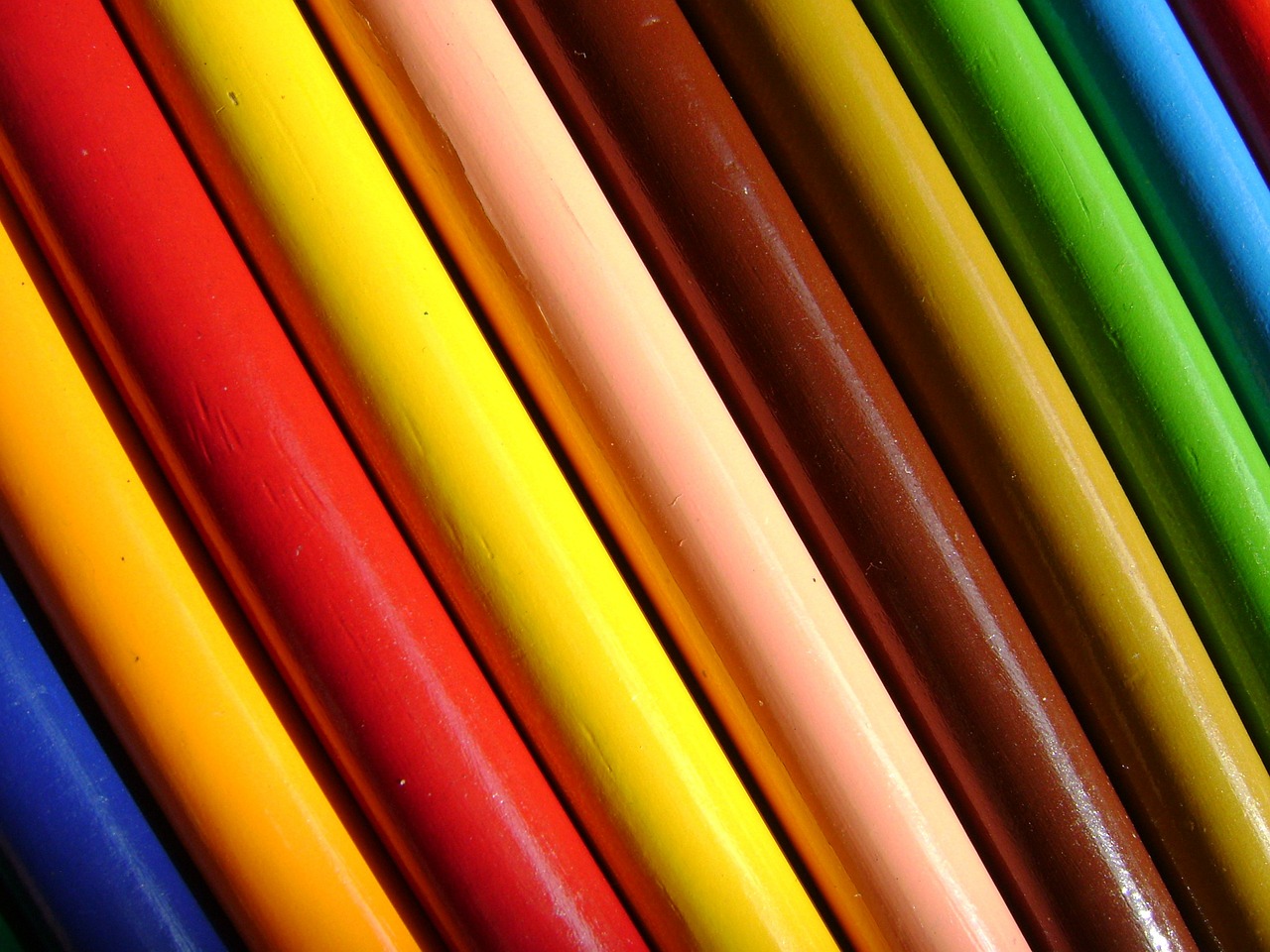Are people controlled by the colours they see? Does it influence the products they buy, as some colours may be off-putting while other hues are enticing?
It is a fascinating topic of discussion for businesses who are trying to brand their products and services. As a society of visually-minded people, we rely on colours to promote certain feelings or to express ourselves. Often we’ve purchased red flowers for a sweetheart to show our fiery passion for them, or brown and green outdoors clothes to show how rugged and down-to-earth we are when going on a camping adventure.
Sometimes, we associate colours to certain feelings. When we think of blue, we imagine trust and strength. The colour green may be associated to peace or health and wellness, while yellow invites feelings of warmth and optimism.
The psychology of colours and business branding
The pyschology behind colours and how companies use them to brand their products and services has been up for debate for decades. Since every person reacts differently to each colour, it can be difficult to determine the right one that is the most appealing to your buyers. Also, the meaning of colours can overlap or contradict itself. Some people associate calmness with the colour gray, while others will believe green fits this emotion better. Other people can’t stand the colour brown, but love the warm colour mocha.
Use colours to focus on what people should perceive about your business
Instead of using colours to tap into a person’s emotions or feelings to persuade them to make a purchase, small businesses should instead focus on selecting the right colour that is appropriate to the products and services sold. So you wouldn’t want to adopt Goth black for your brand colour when trying to get working parents to drop off their children at your creche, or sparkly pink when selling fishing equipment to sportsmen. You want to find the colour that captures the personality of your business so people immediately recognize and trust that brand to fulfill a specific need.
Advice about choosing certain colours for branding
- If you select several colours that fit into the personality of your business, stick with them throughout your marketing campaign. Constantly switching your brand colour only leaves a customer confused as they won’t immediately recognize your business if you pick purple this week and orange the following week.
- Coordinate and contrast colours on websites to make important items stand out. While adopting certain brand colours on your website allows you to coordinate all your promotion and marketing strategies together, you can end up using too much of one colour that it causes tabs and buttons on your website to blend into each other. Adopting a contrasting colour for buttons and CTAs on the web page makes the items stand out, enticing more conversions on your site. People will have their eyes drawn to the tab or button, and will remember it while browsing.
More research is being conducted on the importance of colours and how it affects the efforts of brand marketing. While providing superior products and services should be your main branding goal, keep in mind that sometimes colours can also have an impact on how people perceive your business. These colours may cast your operations in a positive or negative light.




